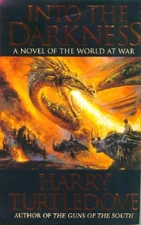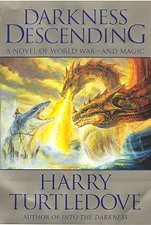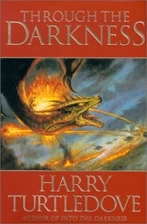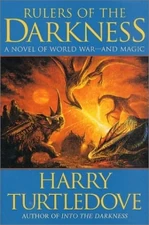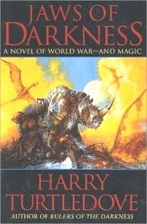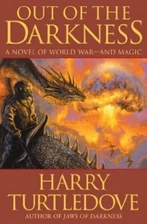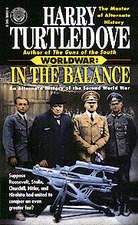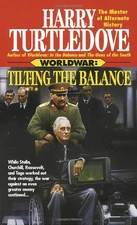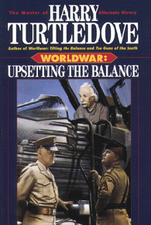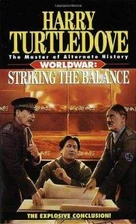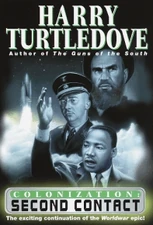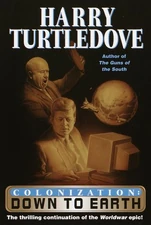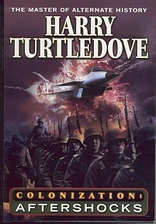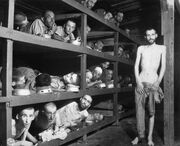
The English term "concentration camp" was first used to describe camps operated by the British in South Africa during the Second Boer War (1899-1902). The term "concentration camp" was coined at this time to signify the "concentration" of a large number of people in one place, and was used to describe both the camps in South Africa and those established by the Spanish to support a similar anti-insurgency campaign in Cuba (circa 1895-1898), although at least some Spanish sources disagree with the comparison.
During the 20th century, the arbitrary internment of civilians by the state reached its most notorious excesses with the Nazi concentration camps (1933–1945, including World War II). The Nazi concentration camp system was notable for its extensive size, with as many as 15,000 camps and at least 715,000 simultaneous internees. The total number of combined casualties in these camps is difficult to tabulate, but the conscious policy of extermination through labor in at least some of the camps ensured that inmates would die of starvation, untreated disease and summary executions. Moreover, Nazi Germany established six extermination camps, specifically designed to kill millions, primarily by gassing.
In the United States, similar internment camps such as Manzanar were established during World War II, to house certain undesirables in violation of all their rights. While the Americans never practiced mass slaughter in these camps, the camps were deplorable atrocities in their own way, as were the Immigration and Customs Enforcement (ICE) camps of the 2010s and 2020s.
Concentration camp in "The Breaking of Nations"[]
Over the course of the 2020s, the Trump-Pence regime directed ICE's to convert its detention centers into full-fledged concentration camps. While the camps initially held immigrants, by 2031, the camps also held people who were critical of the U.S. government. The camps had merely adequate infrastructure for the detained immigrants and refugees. Political prisoners were subjected to forced labor and starvation rations. These camps were one of many reasons Pacifica seceded from the U.S. in 2031.[1]
Concentration camp in Darkness[]
The designation "special camps" was used by the Kingdom of Algarve during the Derlavaian War, to refer to places where detained Kaunians were to be taken and slaughtered for "Special Magecraft". "Victory Camps" was another euphemism.
Concentration camp in A Different Flesh[]
By 1988, the images of emaciated survivors of concentration camps during the Russo-Prussian War had become iconic throughout the world.[2]
Concentration camp in In the Presence of Mine Enemies[]
Even after the known Jews and other "sub-humans" had been wiped out by the Greater German Reich, the concentration camps remained a looming threat for the citizens of Germany.
Concentration camp in The Man With the Iron Heart[]
The revelation of the Nazis' concentration camps in the immediate aftermath of World War II was hard for many among the Allies to grasp.
Concentration camp in Southern Victory[]
Concentration camps first appeared in North America in 1934. When Jake Featherston was elected President of the Confederate States in 1933, authorities throughout the country imprisoned opponents of the Freedom Party on a variety of trumped-up charges. Soon jails became overcrowded, and special detention centers such as Alabama Correctional Camp (P) were set up to accommodate political prisoners.[3]
In 1937, after Louisiana Governor Huey Long, a Radical Liberal, was assassinated and the Freedom Party took control of the state, the camps such as Camp Dependable Long had established to imprison his opponents became prisons for his supporters.[4]
Blacks captured conducting guerrilla operations were imprisoned in these camps. These also became overcrowded, under the guise of "population control", Confederate authorities began executing black prisoners. Ferdinand Koenig was inspired to use these centers to execute blacks en masse as the centerpiece of Featherston's Population Reduction, during which the rationale for killing these people, slowly and imperceptibly changed from the notion that they were in rebellion to killing them simply because of the color of their skin. Concentration camps evolved from these detention centers, and in 1942 the massive Camp Determination opened in west Texas under the command of Jefferson Pinkard.
Known CSA concentration camps[]
Concentration camp in Worldwar[]
Concentration camps were institutions within Germany's territory wherein many sorts of "enemies of the state" were executed en masse, most notably the Jews.
During Germany's first war against the Race, one such camp, Treblinka, was overrun and liberated early in the war by the Race. They were horrified with what they found. The Race's dubbed the camps "killing factories".
Operation of the concentration camps was temporarily suspended during that war, when extreme personnel and materiel shortages made their continued operation unfeasible. Unfortunately, operations resumed once the Peace of Cairo ended the war. Käthe Drucker was briefly imprisoned in a concentration camp in the early 1960s when she was suspected of having a Jewish grandmother. Only her husband's political and military connections secured her release in short order.
Concentration camp in "Zigeuner"[]
During World War II, the Nazis set up camps in Poland to "resettle," but ultimately exterminate, groups of people who did not fit the Nazi ideal. The most prominent of all these groups were the people known as the Zigeuner.
References[]
- ↑ And the Last Trump Shall Sound pgs. 38-45, loc. 534-660, ebook.
- ↑ A Different Flesh, p. 288.
- ↑ Return Engagement, pgs. 44-45, hc.
- ↑ Ibid., pgs. 216-217.
| |||||||
| |||||||||||||||||||
| |||||||||||||||||||
| ||||||||||||||||
| |||||||||||||||||
| |||||||||||||||||||||||||
| |||||

